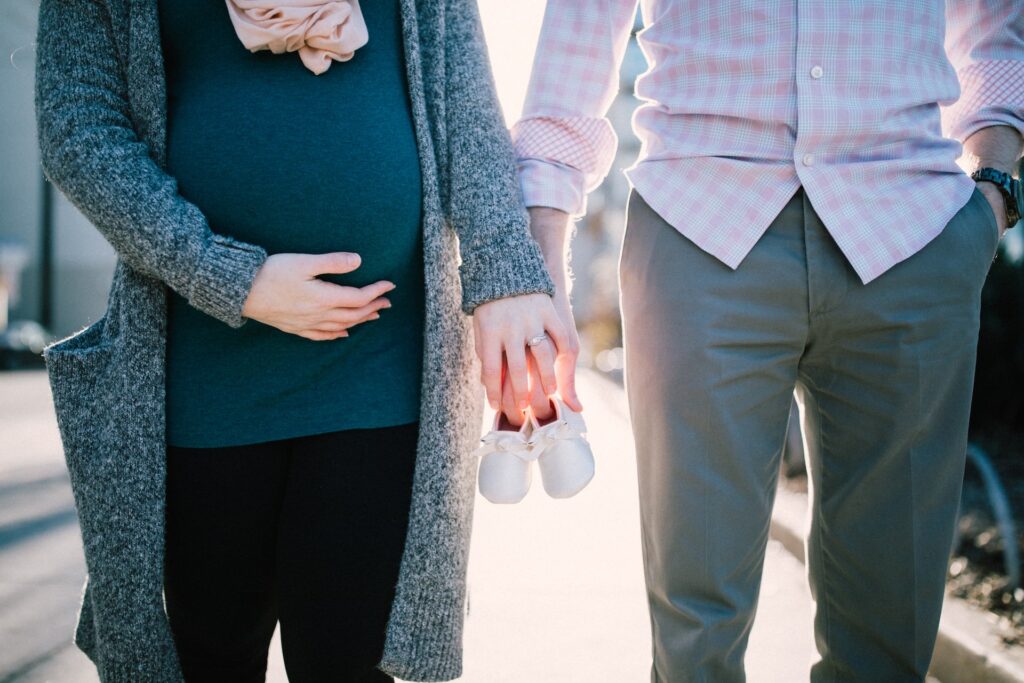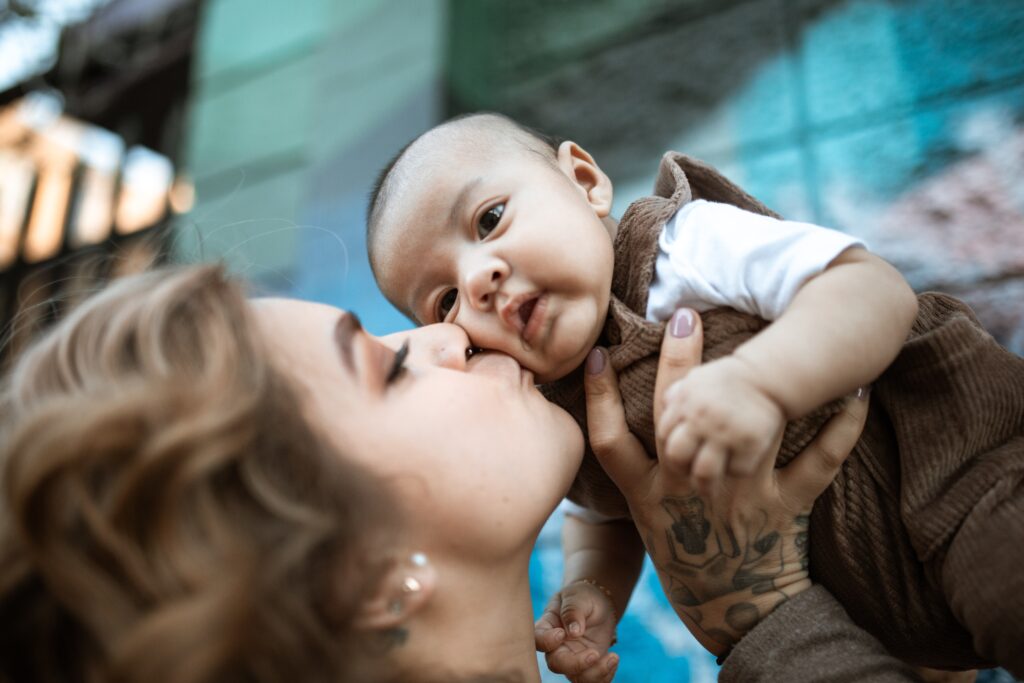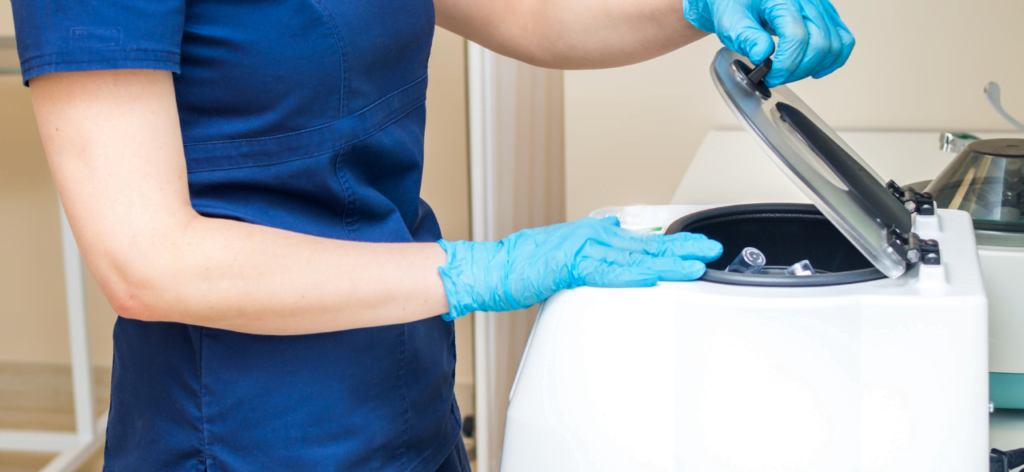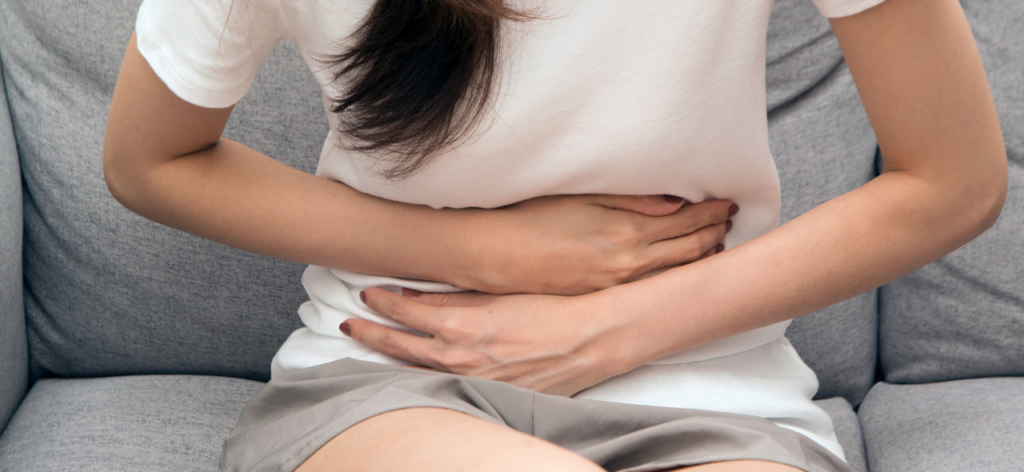With the progression of female age, it becomes increasingly difficult to become pregnant. The main reasons for this are the decrease in ovarian reserve and the quality of the remaining eggs. , Therefore, female age is the limiting factor for fulfilling the desire to have a child.
Not only is it difficult to become pregnant at this age, but the rate of miscarriages also increases significantly, one reason being disruptions in the division of chromosomes in the eggs and, as recent studies have shown, altered behavior of the female immune system.
Before initiating treatment, the doctor must evaluate these factors to offer the patient a tailor-made treatment.
Before treatment
As mentioned above, in addition to low oocyte reserve (low AMH, low AFC), many of the remaining oocytes are metabolically weak and chromosomally abnormal.
In many studies but also in our daily routine, it has been shown that the oocytes can benefit from a slightly androgenic environment. Dehydroepiandrosterone (DHEA) is recommended in this group of patients. This is a precursor of testosterone that does not cause any relevant side effects in the prescribed dosage and is usually well tolerated.
A recently published meta-analysis of four studies could prove that DHEA can lead to a significantly higher pregnancy rate in patients with low egg reserves.
Another drug that has also proven its effectiveness is coenzyme Q10. The idea behind pre-treatment with this enzyme is that the older the eggs become, the more the efficiency of energy production (in the form of ATP) in these cells decreases. Coenzyme Q10 is supposed to counteract precisely this.
Since the maturation process of an egg takes about three months from selection to ovulation, these drugs should be taken for at least three months to take effect.
The right cycle
Since IVF treatment is complex, requires planning, and is expensive, especially in German-speaking countries, choosing the most promising stimulation cycle is essential. The rule of thumb is the more eggs we can retrieve, the higher the chance of success.
Therefore, it can be helpful to possibly observe a few cycles and finally select the most suitable one for IVF treatment. As mentioned above, this strategy also gives the drugs more time to work in the ovaries.
Choosing the right protocol
Women of advanced reproductive age and with a low egg reserve usually benefit from pre-treatment with estrogens (estradiol). Pre-treatment with estradiol starts in the second half of the previous cycle. It improves the ovaries’ response to stimulation and achieves better synchronization of the follicles.
Studies have shown an increased pregnancy rate and a significantly lower discontinuation rate of stimulation treatment.
A slightly different approach, but with the same goal of increasing the number of eggs retrieved and achieving a higher embryo implantation rate, involves using low-dose GnRH agonists starting in the second half of the preceding cycle.
For the actual stimulation, the aim is to stimulate for as short a time as possible, and egg retrieval should be done when the follicle size is 17-18mm. The drugs chosen for this should include both FSH and LH. Daily dosage above 225 IU should be kept as no improved response can be expected.
Adding clomiphene or letrozole to patients with low oocyte reserve has been shown in studies to significantly increase the number of oocytes retrieved and improve pregnancy rates.
Applying growth hormone (GH) at a low dose and every other day during stimulation can also lead to better results5. A recent study showed increased live birth rates in patients with low egg reserves.
After egg retrieval
Once the eggs have been retrieved, it is crucial to fertilize all of them and continue culturing immediately. Depending on the case, it must always be decided how to proceed. In general, a fresh transfer should be favored in these cases.
PRP (plasma rich in growth factors)
Platelet-rich plasma (PRP) has recently been introduced in reproductive medicine. The benefit is derived from the platelet growth factors, which have a regenerative effect. Injecting PRP into the ovaries is thought to counteract ovarian reserve depletion by interacting with ovarian stem cells, which can lead to improved ovarian reserve.
Whether it is an option for each patient must continually be assessed individually.
We are available to answer all your questions. Contact us here.
1 Sunkara SK, Coomarasamy A. Androgen pretreatment in poor responders undergoing controlled ovarian stimulation and in vitro fertilization treatment. Fertil Steril. 2011;95(8):e73-4
2 Reynolds, Omurtag. Cycle cancellation and pregnancy after luteal estradiol priming in women defined as poor responders: a systematic review and meta-analysis
3 Demirol, Gurgan Comparison of microdose flare-up and antagonist multiple-dose protocols for poor-responder patients: a randomized study
4 Jovanovic, Kort. Does adding clomiphene citrate or letrozole to gonadotropin treatment enhance the oocyte yield in poor IVF responders?
5 E M Kolibianakis, C A Venetis, K Diedrich, BC Tarlatzis, G Griesinger Addition of growth hormone to gonadotrophins in ovarian stimulation of poor responders treated by in-vitro fertilization: a systematic review and meta-analysis
6 Duffy, Ahmad Growth hormone for in vitro fertilization. Cochrane Database Syst. Rev. 2010







